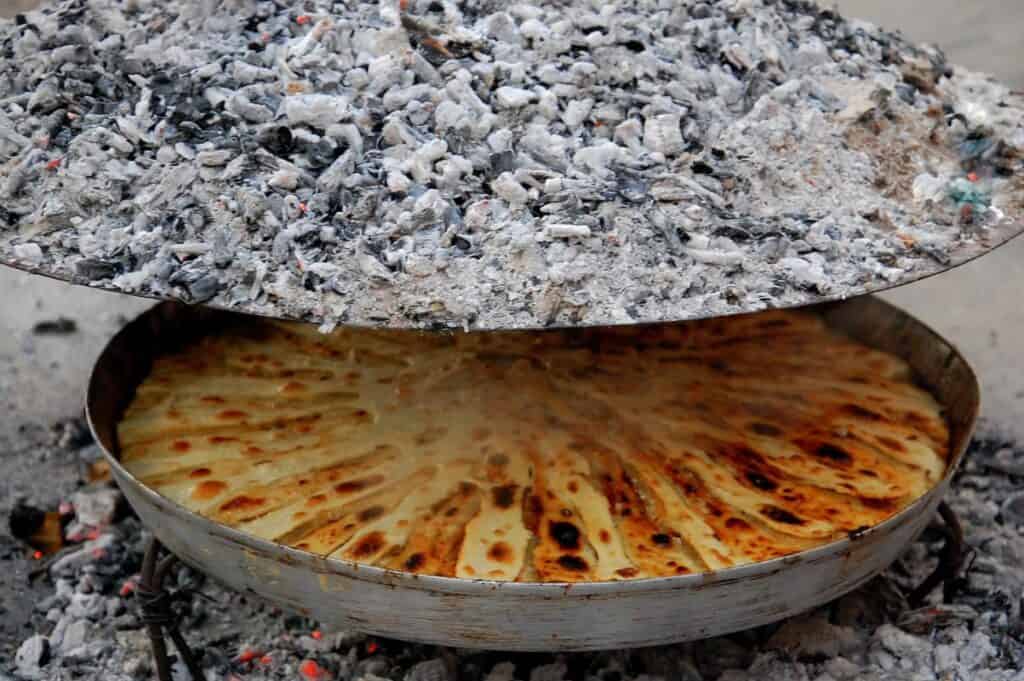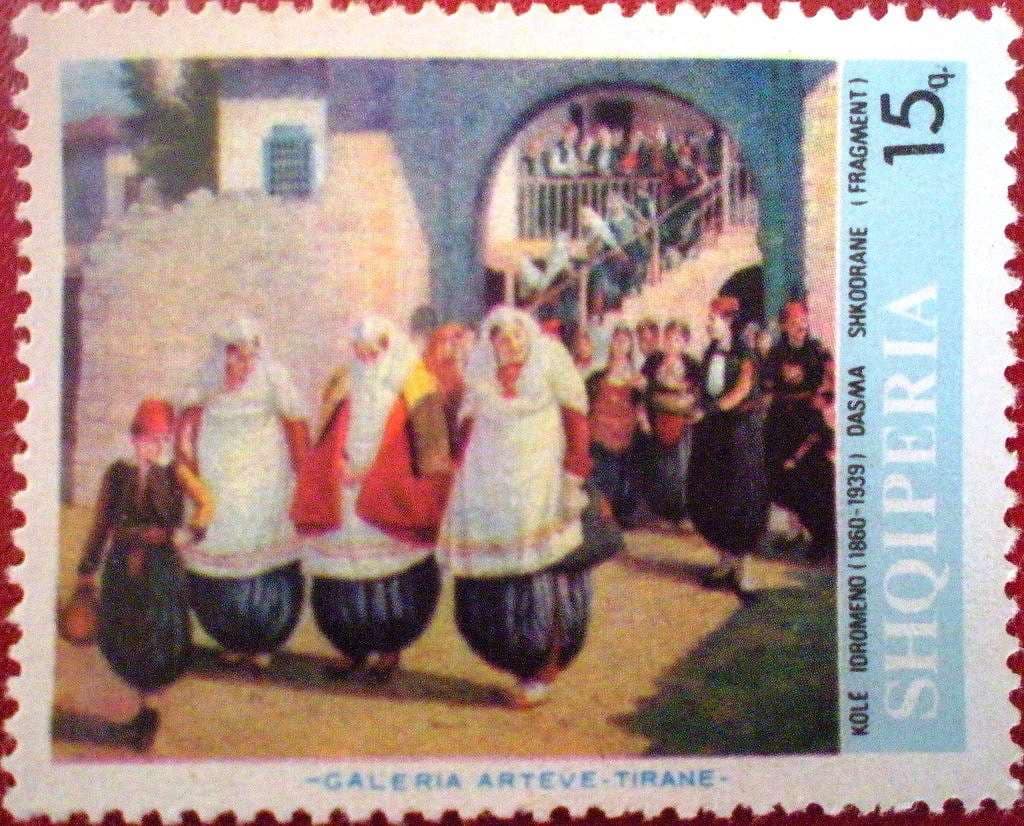When it comes to traditional Albanian desserts, few hold the cultural and historical significance of Ballokume. A crumbly, buttery cookie with a simple yet distinct flavor, Ballokume is not just a treat—it’s a beloved symbol of celebration, most famously associated with Dita e Verës (Summer Day), one of Albania’s most cherished holidays.
The Origins of Ballokume
Ballokume has its roots in Elbasan, a historic city in central Albania. The recipe dates back centuries and was originally crafted as a celebratory sweet for Dita e Verës, an ancient pagan holiday marking the arrival of spring and the renewal of life. Over time, Ballokume became synonymous with this festive day, spreading to other parts of Albania as a tradition.
Its name, derived from the Turkish word “bal” (honey), reflects its early ingredients and Albanian ingenuity in creating sweets with simple yet wholesome elements.
What Makes Ballokume Special?
Ballokume is made with just a handful of ingredients:
- Cornflour: The defining ingredient that gives Ballokume its characteristic crumbly texture.
- Butter: Generously used for richness and flavor.
- Sugar: For a perfect balance of sweetness.
- Eggs: To bind the dough and add a delicate lift.
The simplicity of the recipe belies the skill required to master it. Traditional Ballokume-making involves whisking the butter and sugar by hand in a copper bowl, a process that demands patience and effort to achieve the perfect consistency.
How Ballokume is Made
- Whipping the Butter and Sugar: Traditionally, this step is done by hand for hours, ensuring a fluffy and smooth mixture.
- Incorporating Eggs: Eggs are added one at a time, blending them thoroughly into the butter-sugar mixture.
- Adding Cornflour: The cornflour is carefully mixed in to form a soft, pliable dough.
- Shaping the Cookies: The dough is shaped into round, flat discs and placed on baking trays.
- Baking: Ballokume is baked until golden, achieving its signature crumbly texture.
The result is a cookie that melts in your mouth, with a buttery, nutty flavor unique to the use of cornflour.
The Cultural Significance of Ballokume
Ballokume is more than just a dessert—it’s a symbol of Albania’s heritage and a reminder of simpler times. On Dita e Verës, families and friends gather to share this traditional sweet, accompanied by songs, dances, and celebrations that honor the arrival of warmer days.
In many households, the preparation of Ballokume is a communal activity, with elders passing down their techniques and stories to the younger generation. This ritual ensures that the legacy of Ballokume remains alive and well.
Enjoying Ballokume Today
While traditionally associated with Dita e Verës, Ballokume has become a year-round treat in many parts of Albania. It pairs wonderfully with a cup of coffee or tea and makes a thoughtful gift for visitors looking to take home a taste of Albania.
Modern variations have also emerged, with some bakers experimenting by adding flavors like orange zest, vanilla, or even chocolate, offering a creative twist on the classic recipe.
Where to Try Ballokume
If you’re visiting Albania and want to taste authentic Ballokume, consider these destinations:
- Elbasan: The birthplace of Ballokume and the best place to experience its original flavor.
- Tirana Markets: Many bakeries in the capital sell Ballokume, especially leading up to Dita e Verës.
- Traditional Festivals: During Dita e Verës in March, Ballokume is a staple in every household and public celebration.
For a hands-on experience, you can also join cooking classes or workshops in Elbasan that teach you how to make Ballokume the traditional way.
A Taste of Albanian Tradition
Ballokume is more than just a cookie—it’s a delicious piece of Albania’s cultural heritage. With every bite, you’re not just savoring a dessert but also a tradition that has united families and communities for generations.
So, whether you try Ballokume on Dita e Verës or bake it at home, let it be a reminder of life’s simple pleasures and the warmth of Albanian hospitality.


